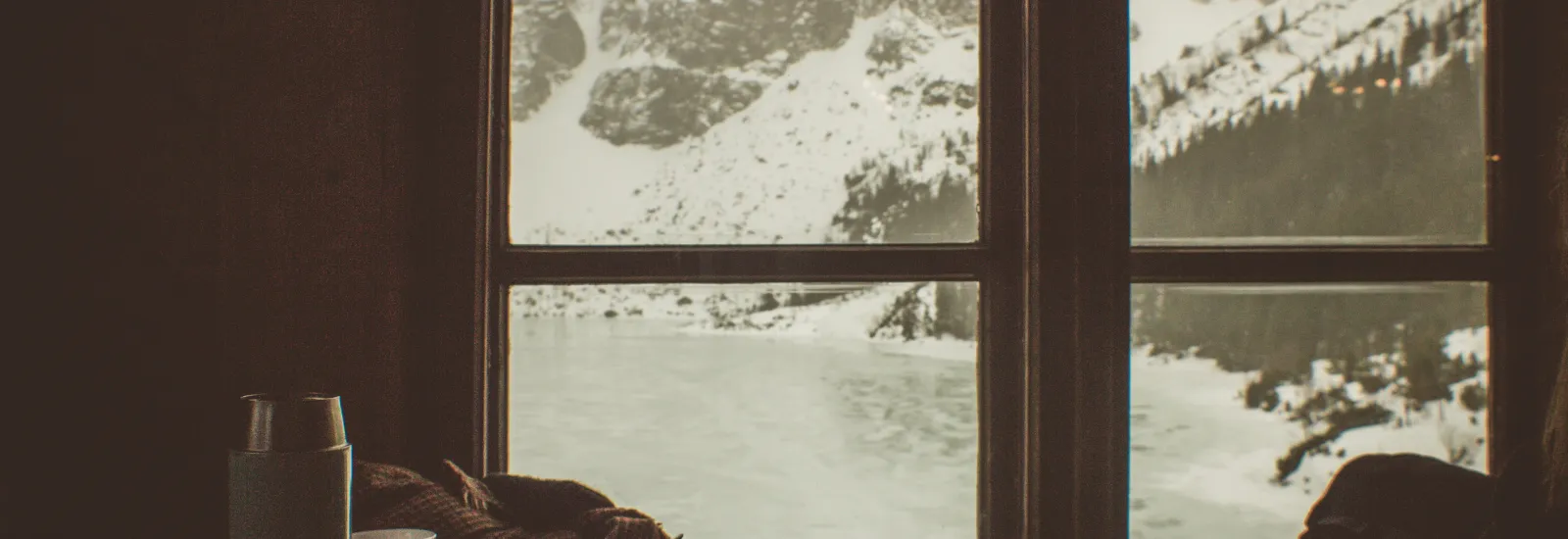
Seasonal affective disorder: How to spot the symptoms
When winter comes, you see less sunlight and might find you're more irritable or out of energy. Sometimes this is more than just a case of the winter blues. Seasonal affective disorder (SAD) is a subtype of major depression or bipolar disorder. The symptoms come on and go at the same time every year. Here's a look at the signs of SAD and how you could go about treating your symptoms.
The symptoms and causes of SAD
Symptoms commonly come on in the fall and winter and clear up by spring. However, some people experience the opposite and feel these blues in the spring and summer. About 5 percent of people in the United States have some kind of seasonal depression every year, with most of them being women, according to Psychology Today.
Mayo Clinic lists symptoms to look for, including:
- Trouble sleeping,
- Irritability,
- Tiredness or fatigue,
- Weight gain or changes in appetite,
- Difficulty concentrating, and
- Feelings of hopelessness.
 The reasons why people experience seasonal depression aren't fully understood, but it's thought less light has something to do with it. Your body's internal clock as well as your hormones may be off. Melatonin and serotonin are hormones that help regulate your mood and sleep habits. These hormones are tied to sun exposure, according to research in Environmental Health Perspectives. With less exposure to sunlight, your body might make more melatonin and less serotonin, leaving you feeling sleepy and less perky.
The reasons why people experience seasonal depression aren't fully understood, but it's thought less light has something to do with it. Your body's internal clock as well as your hormones may be off. Melatonin and serotonin are hormones that help regulate your mood and sleep habits. These hormones are tied to sun exposure, according to research in Environmental Health Perspectives. With less exposure to sunlight, your body might make more melatonin and less serotonin, leaving you feeling sleepy and less perky.
How to treat it
In mild cases, you might be able to treat seasonal affective disorder symptoms at home. However, if you're feeling down for days at a time and the depression or fatigue is interfering with your daily activities, it's time to see a doctor. You also should see a doctor if you're finding major changes in your appetite, if you're having trouble sleeping, or if you begin having suicidal thoughts.
Treatment for SAD varies if you have bipolar disorder. However, most treatments are consistent with those for major depression. Light therapy -- also known as phototherapy -- is a common treatment choice. You get exposure to bright light at certain times of the day to help regulate hormones and boost your mood.
Antidepressants and counseling are also options for SAD. On your own, you can add physical exercise and spend more time outside. You might find you're driving to and from work in the dark during winter. Take breaks throughout the day and walk around the building to get some sun exposure. Spend time outdoors when you're not working, especially on sunny days.
It could take a couple weeks but most people do start to feel better with treatment, according to Mayo Clinic. When spring comes around, you'll likely start to get back to normal. If you think you might have SAD and are struggling to cope, Reid Health has Outpatient Behavioral Health services near you. Click to get connected.

